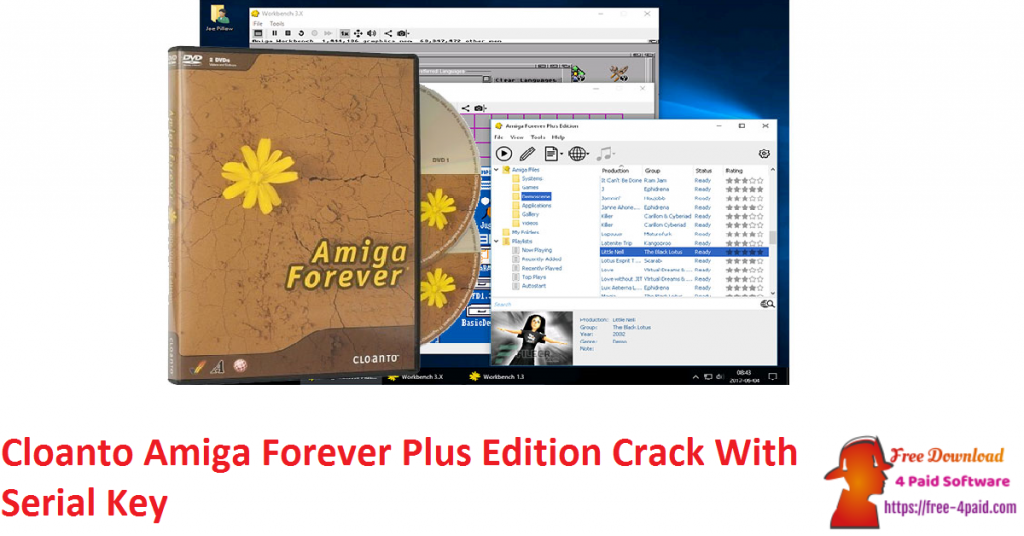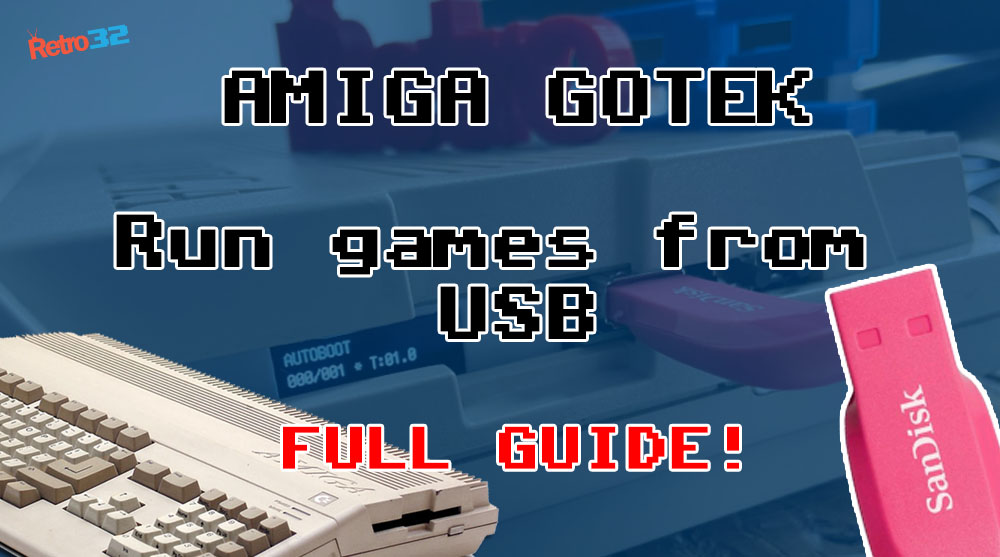

Since the Amiga is a 680x0 based computer, integers that require more than In this document, hexadecimal values use the C syntax : for example 0x0c You can find new versions of this document at : If you find any mistakes in this document, have any comments about its content, Macintosh is a registered Trademark of Apple. No warranties are made as to its correctness.Īmiga and AmigaDOS are registered Trademarks of Gateway 2000. This document is Copyright (C) 1997-1999 by Laurent Clévy, but may be freelyĭistributed, provided the author name and addresses are included and Let's continue with more conventional things in an introduction. The partitions layer is explained in the 6th chapter. The volume layer is the biggest part of the document (4th and 5th chapters), The physical layer is described in the 2nd chapter, The next and last layer is the volume layer : where the files
#Amiga workbench adf pack zip#
One partition, like Zip disks or hard disks. Is the partitions layer : this is how the AmigaDOS is managing media with more then The next layer, according to the 'most physical' to 'most conceptual' order, On a magnetic surface, with the RLL or MFM encoding. With physical layer, I'm talking about the way bytes are physically stored Storage media, from the magnetic layer to the files and directories layer. In this document, we will describe how the AmigaDOS is (was?) managing

Type of MFM data at 0x40 and 0x240 are BYTE and not LONG, of course. The Hard file : a big floppy dump file 8.
#Amiga workbench adf pack free#
#Amiga workbench adf pack how to#
4.2.1 How to find the first sector of an entry ?.What is the logical organisation of an Amiga volume ?

What is the Amiga floppy disk geometry ? 4. How bytes are physically read from and written to a disk ? The intent is to explain in detail how the Amiga storesįiles and directories on floppy and hard disks.Ī set of C routines (ADFlib) will be supplied to manage the ADF format.


 0 kommentar(er)
0 kommentar(er)
